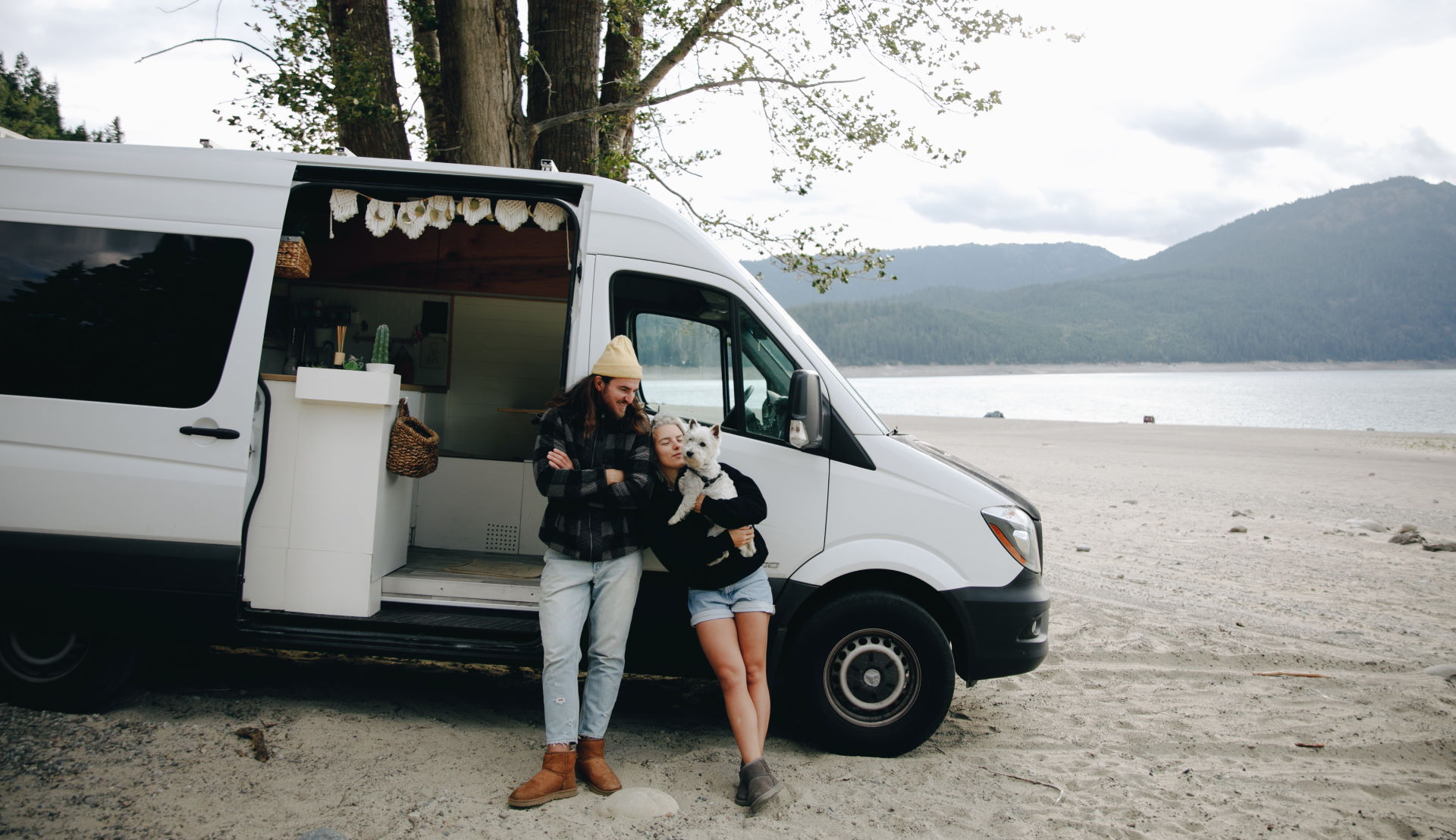Campervans, also known as camper vans or simply “vans,” are a type of recreational vehicle (RV) that are designed to provide a comfortable and convenient living space for people who enjoy outdoor adventures. They are essentially a van that has been converted into a mobile home, with various amenities like a bed, kitchenette, and bathroom built into the vehicle. Campervans are popular with people who enjoy camping, hiking, and other outdoor activities, as they provide a way to travel and explore while also having a comfortable place to rest and recharge. They are also a popular choice for people who want to travel and live on the road full-time, as they offer a compact and efficient living space that can be easily moved from place to place. There are many different types of campervans available, ranging from small and basic models to larger and more luxurious ones. Some campervans are built on the chassis of existing vans, while others are custom-built from the ground up. The layout and features of a campervan can vary widely depending on the size and style of the vehicle, but most will include at least a bed, a small kitchen area with a sink and stove, and some storage space. One of the main advantages of a campervan is its versatility and mobility. Campervans are typically smaller than other types of RVs, which makes them easier to maneuver and park in tight spaces. They are also often more fuel-efficient than larger motorhomes, which can save on costs over time. Additionally, because they are smaller and more compact, campervans are often able to access more remote or off-the-beaten-path destinations than larger RVs. Overall, campervans offer a great way to travel and explore while also having the comforts of home. Whether you’re planning a short weekend getaway or a longer road trip, a campervan can provide an efficient and enjoyable way to experience the great outdoors.
Layout
The layout of a campervan can vary depending on the type of campervan and the specific model. However, most campervans have a few common features and areas. Here are some of the typical areas you can find in a campervan:
- The driver’s cab: This is the front area of the campervan where the driver sits. It includes the steering wheel, dashboard, and front seats.
- The living area: This is the main living space in the campervan, where you can find a sitting area, kitchen, and often a dining area. Depending on the size of the campervan, this area can be located in the back or in the middle of the vehicle.
- The kitchen: The kitchen area usually includes a sink, stove, and refrigerator, as well as cabinets and storage space for cooking utensils and food.
- The bathroom: Depending on the size of the campervan, the bathroom can be a separate enclosed space or it may be integrated into the living area. It typically includes a toilet, shower, and sink.
- The sleeping area: The sleeping area can be located in different parts of the campervan, depending on the layout. It can be a fixed bed, a fold-down bed, or a convertible seating area.
- Storage: Many campervans have storage space throughout the vehicle, including cabinets, shelves, and drawers. This is important to keep the living area organized and uncluttered.
Overall, the layout of a campervan is designed to maximize space and functionality while still providing a comfortable living space on the road.
Advantages
Campervans have several advantages over traditional motorhomes, including:
- Maneuverability: Campervans are typically smaller in size and easier to maneuver, making them ideal for navigating narrow roads and tight parking spaces.
- Fuel Efficiency: Due to their smaller size and lower weight, campervans tend to be more fuel-efficient than traditional motorhomes.
- Flexibility: Campervans can be used as both a vehicle and a living space, which means they can be used for both camping and regular transportation.
- Lower Cost: Campervans are typically less expensive than traditional motorhomes, making them a more accessible option for those on a budget.
- More Off-Road Capabilities: Campervans tend to be more rugged and better equipped for off-road adventures, allowing you to take them to remote locations that might be inaccessible with a larger motorhome.
- Parking: Campervans can often be parked in regular parking spaces or on the street, whereas traditional motorhomes require more space and may need to be parked in designated RV parks or campsites.
